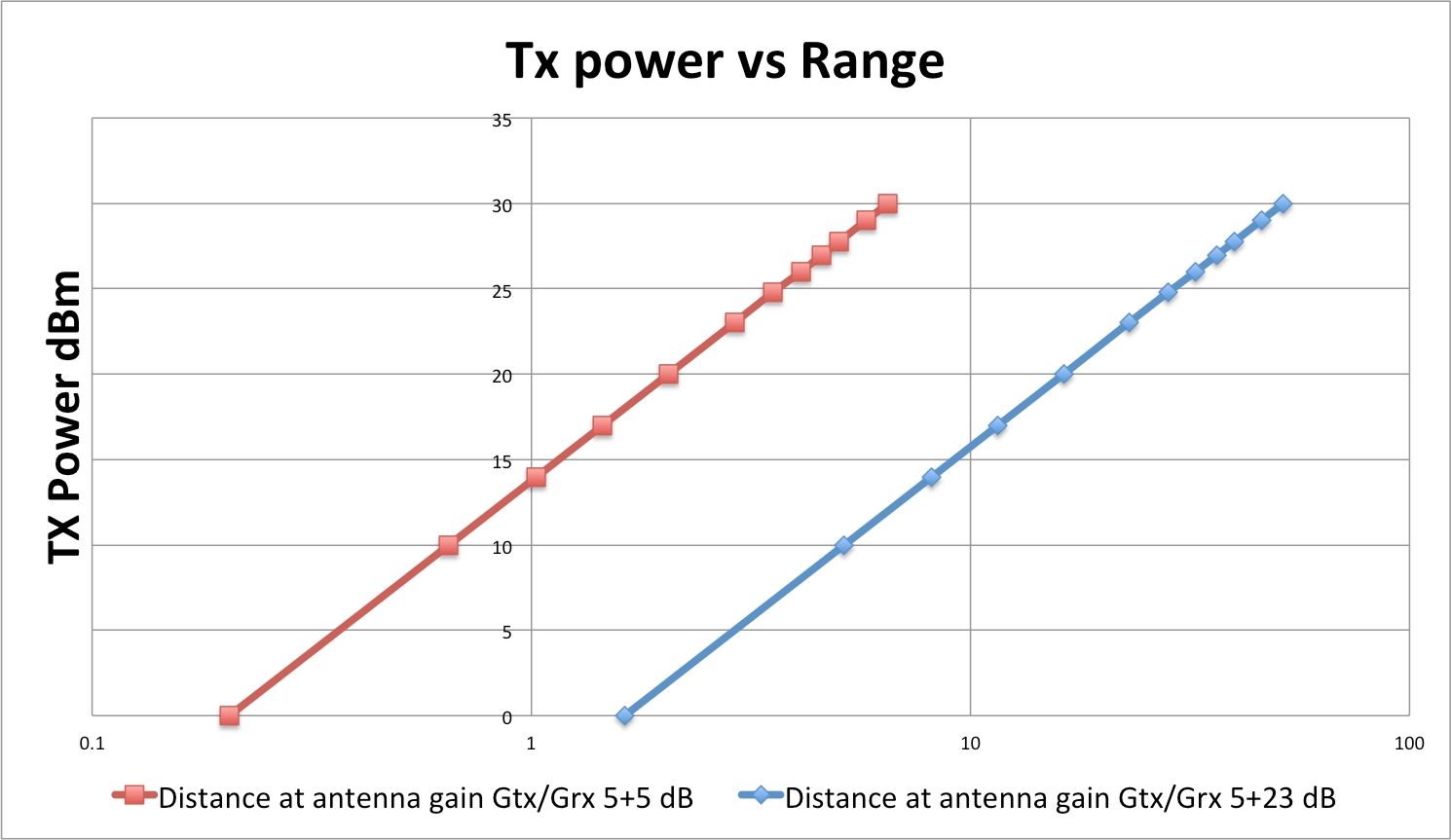Antennas
⚠️ This documentation is outdated! A current version is available at openhdfpv.org
The antennas are a key component for any radio link solution and the same for radio waves are applicable here. The right combination depends on the objectives, like short-range (all-around flight) or long-range flight for more advanced pilots. A good starting point is the default antennas for the wifi cards at the workbench (omnidirectional), once you get confident with the system during a line of sight and short flights, you can move with directional antennas.
As nothing is free, changing your antennas is a trade-off, while omnidirectional antennas give you autonomy to fly around your position, these antennas offer limited range, on the other side directional antennas concentrate the radiated pattern and allow a long-range at the cost of the need of pointing the antennas precisely, in other words, more antenna gains more directional. For the high directive antenna, add components like trackers are recommended to keep always pointing the main antenna pattern lobule to the aircraft.
5 TIPs for Antennas
Make sure you have proper wiring and you have followed all previous sections, wrong connections can lower your range or destroy your radio link.
Start simple using Omni antennas, and move with directional ones as you get more experience.
Make sure you use the same polarization on both sides, Vertical/Vertical, Horizontal/Horizontal. The cross-polarization can work but you will lose 3dB (half of the power).
Lower bands like 2.4GHz can benefit the range, however, in some areas, this band is highly polluted and you may consider 5.8GHz. Try changing also the channels in the selected band.
When using directional antennas (meant for ground side), always aligned with the airside, consider using ATT (automatic antenna tracker). Omnidirectional antennas are always recommended in the Airside.
The below link explains how the video quality is impacted under different scenarios. https://www.youtube.com/watch?v=T78JRAELjec
Antenna Hardware
*Links are only for reference purposes. It will be added more as users report, check the connector type in order to make sure it will fit to your wifi card.
Range Calculation
A typical question is related to the maximum range, link budget or system range have relation to three main elements: Transmitter power, Antenna gains, and Receiver sensitivity. The next formula can be used to calculate this:
R = 10^( (Lfs-LM-32.44-20*Log(f)) / 20)
Lfs = Ptx + Gtx + Grx – Srx
where,
R = range in Kmf = frequency used MHzLM = Link Margin dBLfs = free space path loss dBGtx = Tx antenna gain dBiGrx = Rx antenna gain dBiPtx = Tx power dBmSrx = Sensitivity Rx
Maple 5dB Omni / 5dBi
Maple 5dBi Omni / 5dBi
5.2GHz
200
2.9
Excellent upgrade for default antennas
Flat Panel Direct / 14dBi
Maple 5dBi / 5dBi
5.2GHz
200
8.2
Directional antenna with ATT
Planar Direct / 17dBi
Omni / 5dBi
5.8GHz
500
16.37
Directional antenna high range ATT
*Network card receiving sensitivity approx. -93dBm. Link margin assumed 10 dB
To understand the impact in range against the transmitter power, the below logarithmic graph shows some calculations using different antenna sets:

Last updated
Was this helpful?